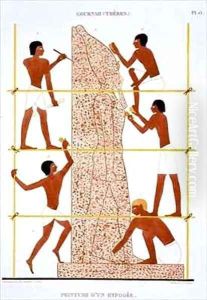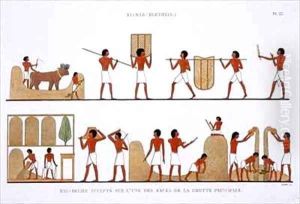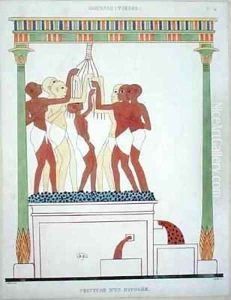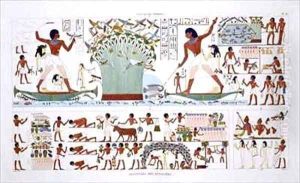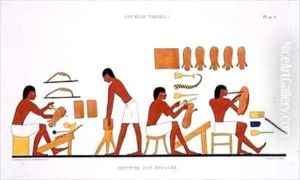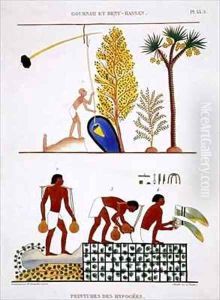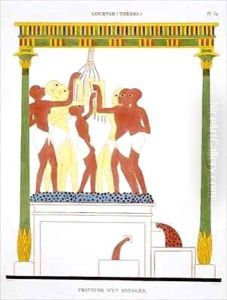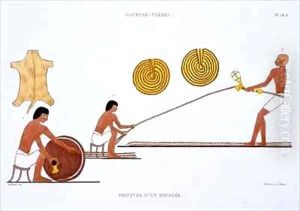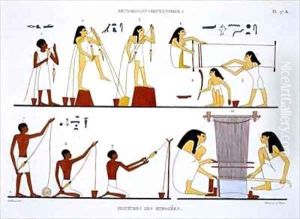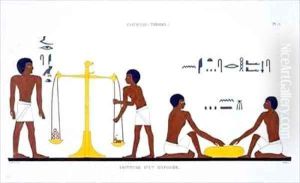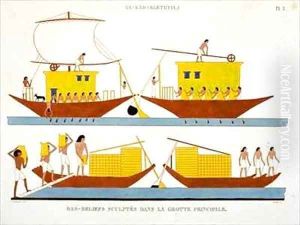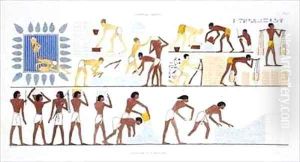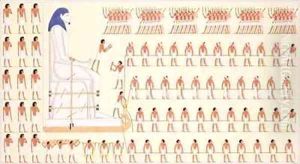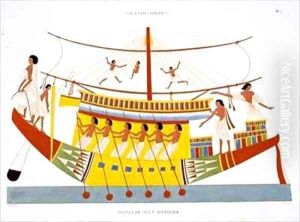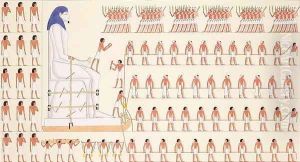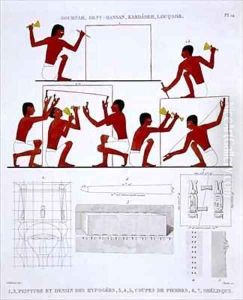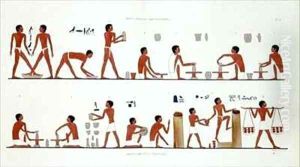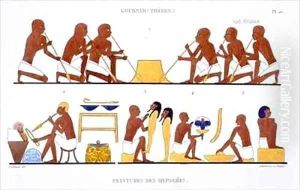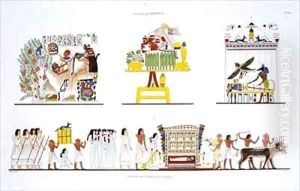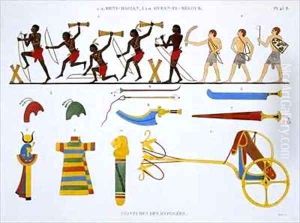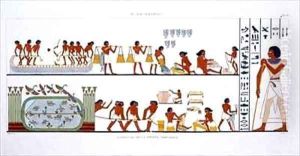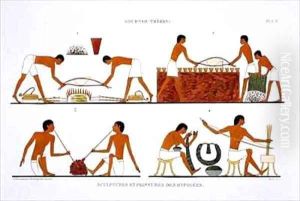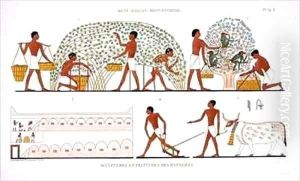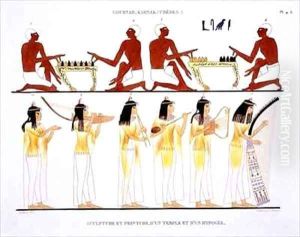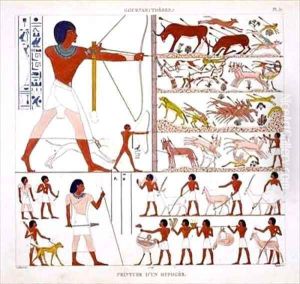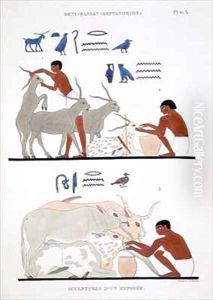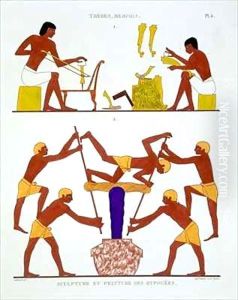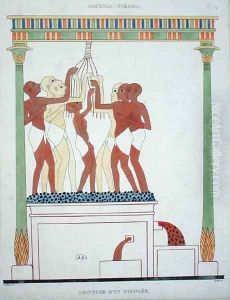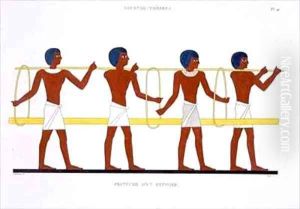Frederic Cailliaud Paintings
Frédéric Cailliaud was a French naturalist, mineralogist, and explorer, known for his studies of the geology and archaeology of Egypt and Sudan. Born on June 9, 1787, in Nantes, France, Cailliaud developed an early interest in minerals and the natural sciences.
He went on to study at the Museum of Natural History in Paris, where he gained a solid foundation in mineralogy. In 1815, Cailliaud embarked on his first expedition to Egypt, where he explored the region's mineral resources and ancient ruins. His journey extended to the Red Sea and Nubia (present-day Sudan), where he meticulously documented various aspects of the local geology, flora, and fauna, as well as the ancient monuments and inscriptions he encountered.
One of Cailliaud's significant contributions was the rediscovery of the ancient emerald mines at Sikait and Zabara in the Eastern Desert of Egypt, which were known from classical texts but had been lost to the modern world. He also explored the ancient city of Meroë in Sudan, where he made extensive drawings and descriptions of the Meroitic hieroglyphs, contributing to the understanding of this ancient civilization.
Upon his return to France, Cailliaud published several works detailing his findings, including 'Voyage à Méroé,' which included maps and illustrations of the landscapes, artifacts, and inscriptions he had discovered. His works were valuable to the fields of archaeology and Egyptology, as they provided insights into areas that had not been extensively studied before.
Cailliaud's later years were devoted to his work as a conservator at the Natural History Museum of Nantes and to further studies in mineralogy. He continued to write and publish on his findings and remained an active member of the scientific community until his death on May 1, 1869, in Nantes. Cailliaud's legacy is marked by his contributions to the early exploration of Egypt's and Sudan's ancient cultures and natural environments.
